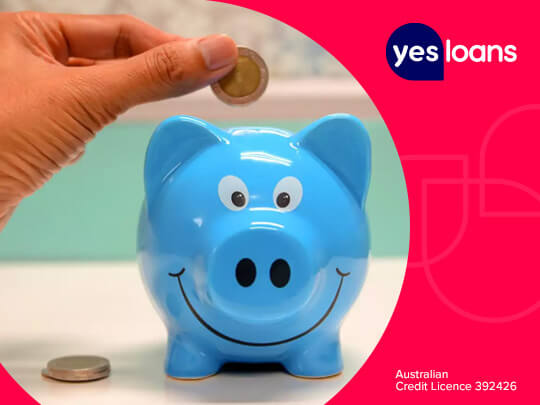
While it may seem easier to tackle one part of your finances at a time, think about your circumstances and take a step-by-step approach on your way to financial health. Here we explore saving money and paying off debts – and in what order.
Well actually, the general rule of thumb is to do both: pay off debt while building your emergency savings in a well-planned budget. Saving money at the expense of increasing your debt repayment ignores the importance of the commitment to do both at the same time.
Build An Emergency Fund
Yes – while you pay off debt – put money into savings… as you should always be expecting the unexpected. It could be for something like a new car battery, emergency pet care, or even a global pandemic that directly impacts your income. Your emergency fund is another step to gaining financial resilience.
Consider a 50/30/20 budget to help you prioritise how you utilise your funds. Under this method, 50% of your income goes to necessities such as housing, groceries and transportation. 30% then goes to wants; such as entertainment, eating out and gym memberships. The final 20% goes to your debt payments and savings. Factoring in your debt load and income, you may want to reduce the wants category and beef up your debt payments and savings.
While building your emergency fund, it’s also important to at least make the minimum payments on your debts to prevent late fees and potential damage to your credit score.
It’s a general rule of thumb to have 6 months’ worth of expenses scurried away in an emergency fund, however this, understandably, may not be realistic if you are also dealing with high levels of debt or otherwise struggling financially. If you think 6 months is too hard to reach, aim to save 3 months’ worth of expenses instead. Every bit helps.
TIP: If you’ve struggled to budget in savings in the past, try out a “pay yourself first” method; where you set up a direct debit to send a portion of your income into a savings account as soon as you get paid rather than just putting what you have left at the end of the month into savings.
Avoid New Debt
It’s easy to see why paying your monthly bills is a top priority. You need a roof over your head, and food to keep you alive. But what about those irregular expenses? Well, sometimes you need to defend against debt itself, and car ownership is a perfect example of why.
It can often seem harder to put aside dollars for car repair and maintenance when your car seems totally fine – especially when you’re wrestling with debt. The thing is, if you don’t account for car maintenance and repair it could easily lead to another new debt; especially if you avoid regular servicing. So in terms of paying off debt, don’t drop the ball on things like car maintenance bills or you might just be kicking yourself in the foot.
Learn how to get out of debt here.
Pay Off Your Toxic Debt
Once you get some basic savings established, it’s time to focus on paying off your toxic debts. These are things like payday loans, credit cards with interest rates higher than about 15%, car title loans and rent-to-own payments (for things like fridges, washing machines and the like).You should focus on these first because their high interest rates can chew up any well-thought out budget and send you down a debt spiral.
Regardless of the type of debt you owe, there are two common strategies for repayment.
These are the snowball method and the avalanche method. Both help you reach debt-free living but in slightly different ways. Here we explain:
The Snowball Method
This strategy is more focused on the emotional benefits of paying off debt. The snowball method consists of listing your debts by total amount and paying then off the smallest ones first, then gradually working your way up to the most expensive. Many people find that the satisfaction you get when paying off a few small debts first helps motivate them into tackling the bigger ones.
The Avalanche Method
Using the avalanche method, you’re ranking your loans based on interest rates, rather than by the total dollar amount. You focus on paying off the balances with the highest interest rates first, while still paying off the required minimum each month on all other loans. This can be particularly helpful if you have, say, a credit card debt as well as student loans or other types of loans, as interest rates are generally higher on credit cards.
A debt payoff calculator will let you see when you’ll get out of debt with your current payments and how much faster you could ditch debt if you pay more each month.
Another well-utilised option to get rid of toxic debt sooner is to bundle your debts into one with a debt consolidation loan. A debt consolidation loan can help you manage your debt much easier as you will less likely get caught out by multiple payment dates. These loans are typically much lower than the toxic debts previously mentioned. However, if this is not the case, a debt consolidation loan should not be considered as it would defeat the purpose of you lowering your debt repayments.
Contact Yes Loans for more information on how a personalised debt consolidation loan can help you pay down debt.
